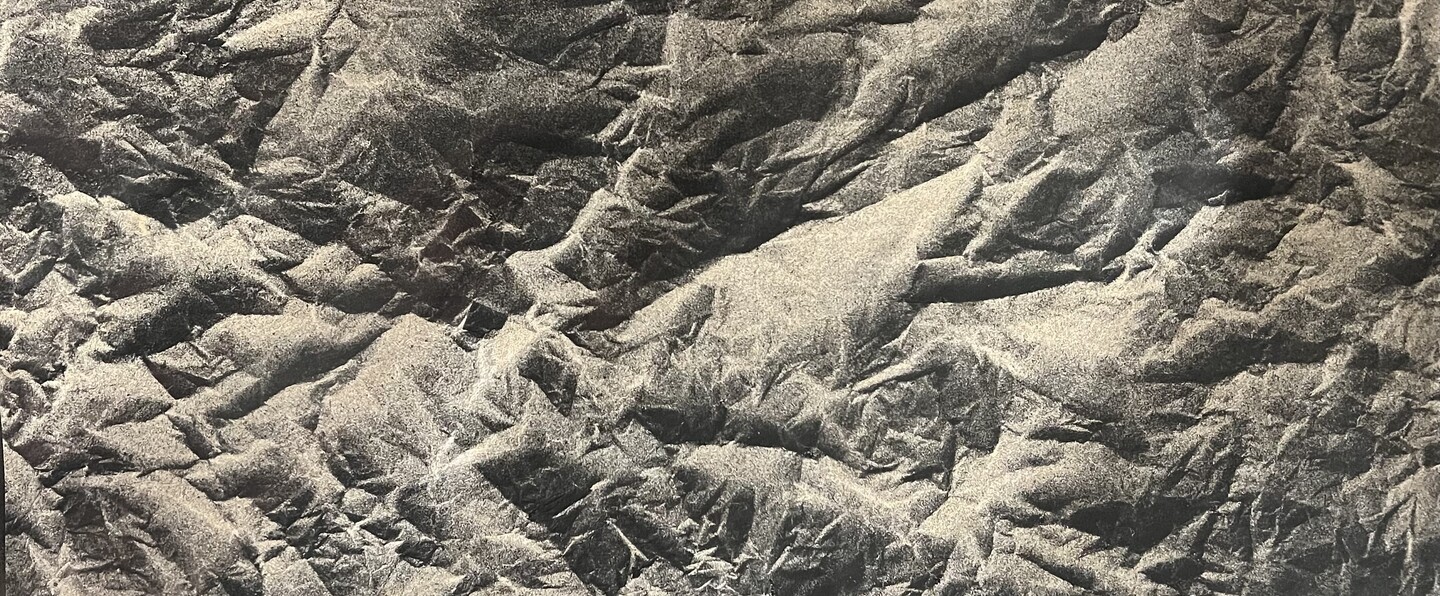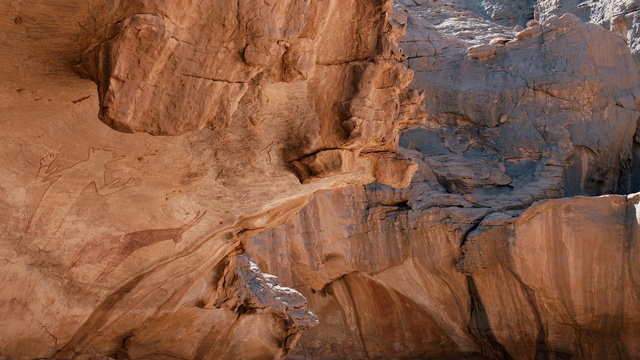Hollow Earth: Art, Caves, and the Subterranean Imaginary
Hamed Abdalla, Lee Bontecou, Sofia Borges, Brassaï, The Center for Land Use Interpretation, Steven Claydon, Amanda Coogan, Matt Copson, Juan Downey, Chioma Ebinama, Mary Beth Edelson, Laura Emsley, Barry Flanagan, Leo Frobenius, Ilana Halperin, Frank Heath, Ed Herring, Peter Hujar, Athanasius Kircher, René Magritte, Emma McCormick-Goodhart, Santu Mofokeng, Henry Moore, Nadar, Ailbhe Ní Bhriain, Lydia Ourahmane, Gordon Parks, Flora Parrott, Walter Pichler, Liv Preston, Robert Smithson, Michelle Stuart, N.H. Stubbing, Caragh Thuring, Kaari Upson, Aubrey Williams, Joseph Wright of Derby.
A Hayward Touring exhibition developed in partnership with Nottingham Contemporary
"A glorious meditation on geology, early art and shamanic visions", ★★★★ Hettie Judah, The Guardian
"A powerful and thought-provoking new exhibition", Helen Gordon, Apollo
Hollow Earth: Art, Caves and The Subterranean Imaginary is a major thematic exhibition which brings together a wide range of responses to the image and idea of the cave. It includes painting, photography, sculpture, sound, installation and video, as well as archives and architectural models, stretching from 1960 to today, alongside works from the 18th and 19th centuries.
Featuring works by contemporary artists and collectives, Hollow Earth descends into the depths to explore questions of prehistory and myth, ritual and the future. Every culture and religion has told stories about what lies beneath. Caves are where extraordinary events come to pass – the domain of gods and monsters, saints and shamans, births and burials. Dark, dangerous and unstable, caves are places of visions, of experiences that are sacred as well as profane. More recently, they have become home to data farms, seed vaults and doomsday bunkers. For millennia, the image and idea of the cave has exerted an enduring pull on artists. It has even been argued that the cave was the earliest studio and the first museum.
Following the 19th-century discoveries of rock paintings, caves became imagined as spaces of revelation and fantasy, providing clues to our collective impulse to produce images. After World War II, artists came to associate the cave with the primordial creative space, with a bunker-like refuge from the atomic era, and even with the dream of a truly underground cinema. Today, in an age of ecological breakdown, they are portals to the deep past and troubled futures, places where species and millennia intermingle.
Mapping both specific sites and imaginary underworlds, Hollow Earth considers why and how so many artists, musicians and filmmakers have been drawn below.
Hollow Earth is supported by The Arts Council of Ireland, University College Cork and private philanthropy through Cork University Foundation.









